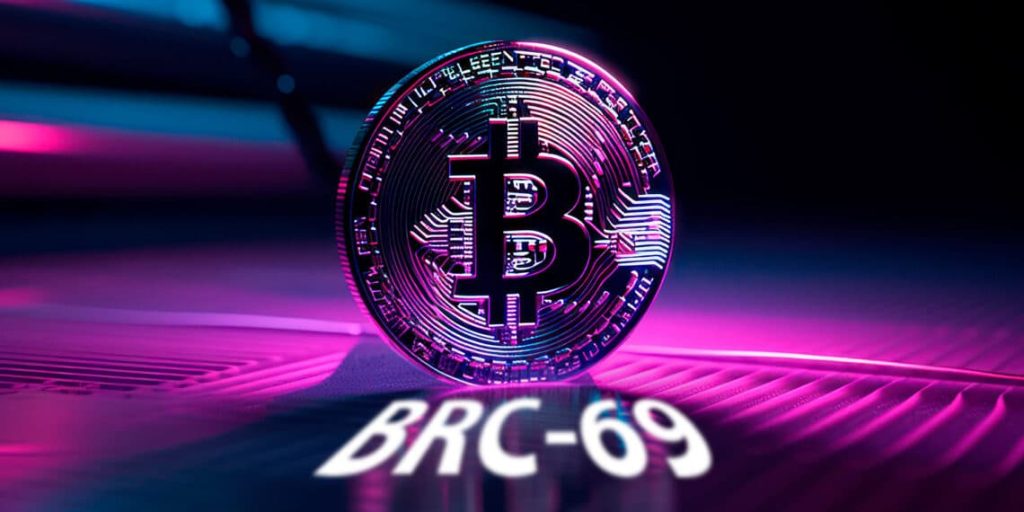Recently, the Bitcoin community was abuzz with the emergence of something called Recursive Inscriptions. A novel development influenced by the explosion of Ordinals and BRC-721, Recursive Inscriptions seems poised to disrupt the Bitcoin NFT ecosystem once again.
What is BRC-69 and Recursive Inscriptions?
BRC-69 is a new standard proposed by Luminex (the Launchpad platform for BRC-20 and Ordinal Inscriptions projects) with the potential to reduce the cost of building Ordinals on the Bitcoin network by up to 90%. BRC-69 introduces a new mechanism based on Recursive Inscriptions that allows data to be extracted from Inscriptions already written on Bitcoin, which can then be used to create new Bitcoin Ordinals.
Typically, each Ordinal can store up to 4 MB of data directly on Bitcoin’s blockchain (this has long been the maximum capacity for Bitcoin), although this capacity was recently broken down by the Taproot Wizard and Smart Inscriptions (or BRC-721).
Through Recursive Inscriptions, developers can now create a complex network of interconnected data sources, meaning that Ordinals when written will no longer have to exist as isolated data within the 4MB limit, but instead 1 Ordinals will extract from multiple data sources in inscriptions available on-chain my data file. To put it simply, each NFT will have its own characteristics (properties) with different rarities, we just need to convert the data of properties into text and record with a certain amount, then through recursive inscription, the characteristics and rarity will be automatically distributed to each Ordinals without having to upload data many times -> reduce costs and save space.
Mechanism of action
- Extraction: Data will be aggregated from existing Inscriptions on the total Bitcoin chain to create new Inscriptions through Recursive Inscriptions.
- Assign image to text: The specific mechanism of Text-based Inscriptions allows developers to create 1 set of Ordinals that only need to write a line of text instead of an image. By linking the data together through a series of calls, this text acts as a parallel version containing the information needed for the rendering of the final image on all versions of Ordinals.
- Image Display: After text-based Inscriptions are created, the protocol’s Recursive Inscriptions mechanism automatically displays the final image on all interface features that appear in all required Ordinals. This rendering process uses most of the on-chain resources, eliminating out-of-chain rendering, so it will greatly reduce transaction costs.
- Resource Recycling: BRC-69 does not take advantage of data stored on the blockchain but also continues to generate new amounts of resources that can be reused in the future.
Advantage
- Resource Recycling: BRC-69 allows the reuse of data that has been recorded on the blockchain. By recycling data, the standard optimizes space usage and reduces redundancy, creating a more efficient system that makes it possible for Bitcoin NFT projects to scale new collections without spending too much on the network.
- Cost reduction: With Recursive Inscriptions, the costs associated with creating Inscriptions are significantly reduced, saving both time and resources. These users can now record a single line of text instead of a full image, resulting in a more cost-effective process.
- Scalability: By removing the data limit of 4 megabytes, BRC 69 enhances scalability. It opens up new possibilities for storing larger volumes of information, expanding potential use cases for Bitcoin Ordinals.
- Automatic rendering: This token standard allows the creator to automate the rendering process. When creating Recursive Inscriptions collections, people can choose exactly when and how the line of representative text appears and displays on Ordinals.
Disadvantage
- Complexity: The protocol is relatively new, so it has created a difficult barrier for creators to access.
- Trading congestion: While BRC-69 saves space and makes Bitcoin transaction processing more streamlined, it does not completely solve the problem of congestion. When there are many transactions on the chain, it is difficult for Bitcoin miners to validate transactions so users still need to pay more to validate or have to wait longer to complete transactions.
- Network Consensus Unity: This concept revolves around Rodarmor’s Ordinals theory, which are not embedded in Bitcoin’s core but are built up by the fan community. This is likely to lead to arbitrary changes by a centralized developer team, affect software functionality, or misdirect the file storage hash.
The future of the BRC-69 standard
So far, BRC-69 seems to be doing quite well to become the most popular token standard on the Bitcoin network. Since the introduction of this new standard, the need to process Bitcoin network transactions has increased dramatically with the amount of data and transaction costs significantly reduced. But currently its practical application is not much and is only suitable for brothers who consider NFT as a long-term investment.
BRC-69 is still a relatively new token standard, but it is already making waves in the crypto community. Since Recursive Inscriptions can display orders without using up a lot of block space, BRC-69 allows people to build NFTs more efficiently. This exciting development has the potential to make Bitcoin NFTs even more popular and attractive in the future.






